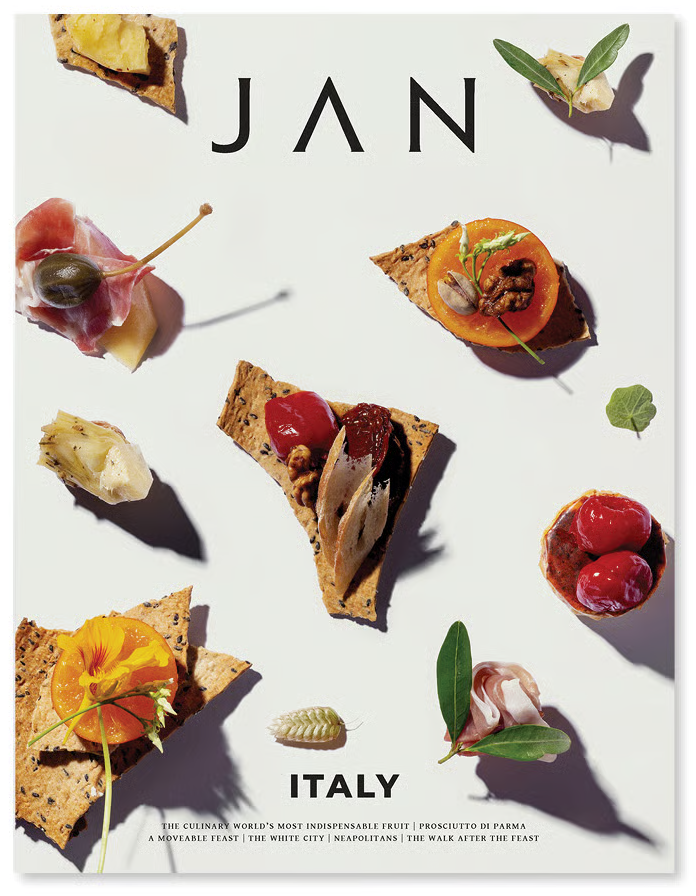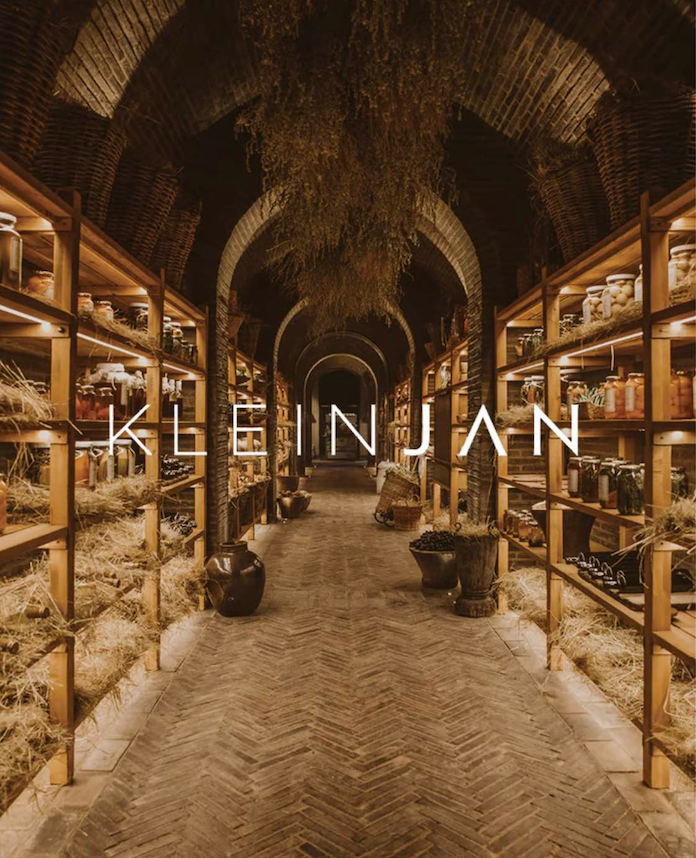Pear-fect Produce
Why the prickly pear is highly underrated
We here at the JAN Group love experimenting with new and exciting produce as part of our guest offerings, and with the opening of JAN Franshhoek in the beautiful Boland we were treated to the opportunity of foraging in the lovely local garden and getting to play with some exciting new ingredients. Here we came across stunning purple prickly pears originally brought over from the Kalahari by Chef Chris Erasmus.

Today we use the prickly pears on the JAN Franschhoek along with a tomato salad in a dish that has zero waste. Even the prickly skins, which scare off most, are blended and turned into a gel used on the plates of the dish. The pears add a sweetness and an incredible texture that elevates the whole experience, and through this process we’ve learnt how exciting it is to create a no waste dish that explores seasonal ingredients that others might disregard. Which begs the question, why are people hesitant to use prickly pears in the first place? While the skin might seem daunting (and occasionally slightly painful) to get past, the delicious reward has been revered in different diets and cultures for millenia.
Prickly pears, or Opuntia, are part of the cactus family and, like most cacti, is truly native to the Americas. They’re especially common in Mexico, the Caribbean islands and West and South Central USA. The plants can grow up to seven metres tall and produce a sweet fruit that can be eaten raw. With a unique flavour profile that can add to a long list of dishes, they also have an exciting list of health benefits. In fact, due to the many beneficial plant compounds and nutrients it contains, prickly pear was used in Mexican folk medicine to treat ulcers, liver conditions, and other issues. The pear even features on the Mexican coat of arms today.
Prickly pears are a good source of dietary fiber, magnesium, potassium, and calcium, while the vitamin C they contain play an important role in immune system health. They also contain plant compounds, including phenolic acids, flavonoids, and pigments, which act as antioxidants. As a team that is more and more interested in the benefits of plant-based eating, both for the earth and ourselves, we love getting to explore nature’s bounty and use seasonal produce for sustainability sake.
So the next time you see a prickly pear, don’t judge a fruit by its cover, the possibilities are endless.















